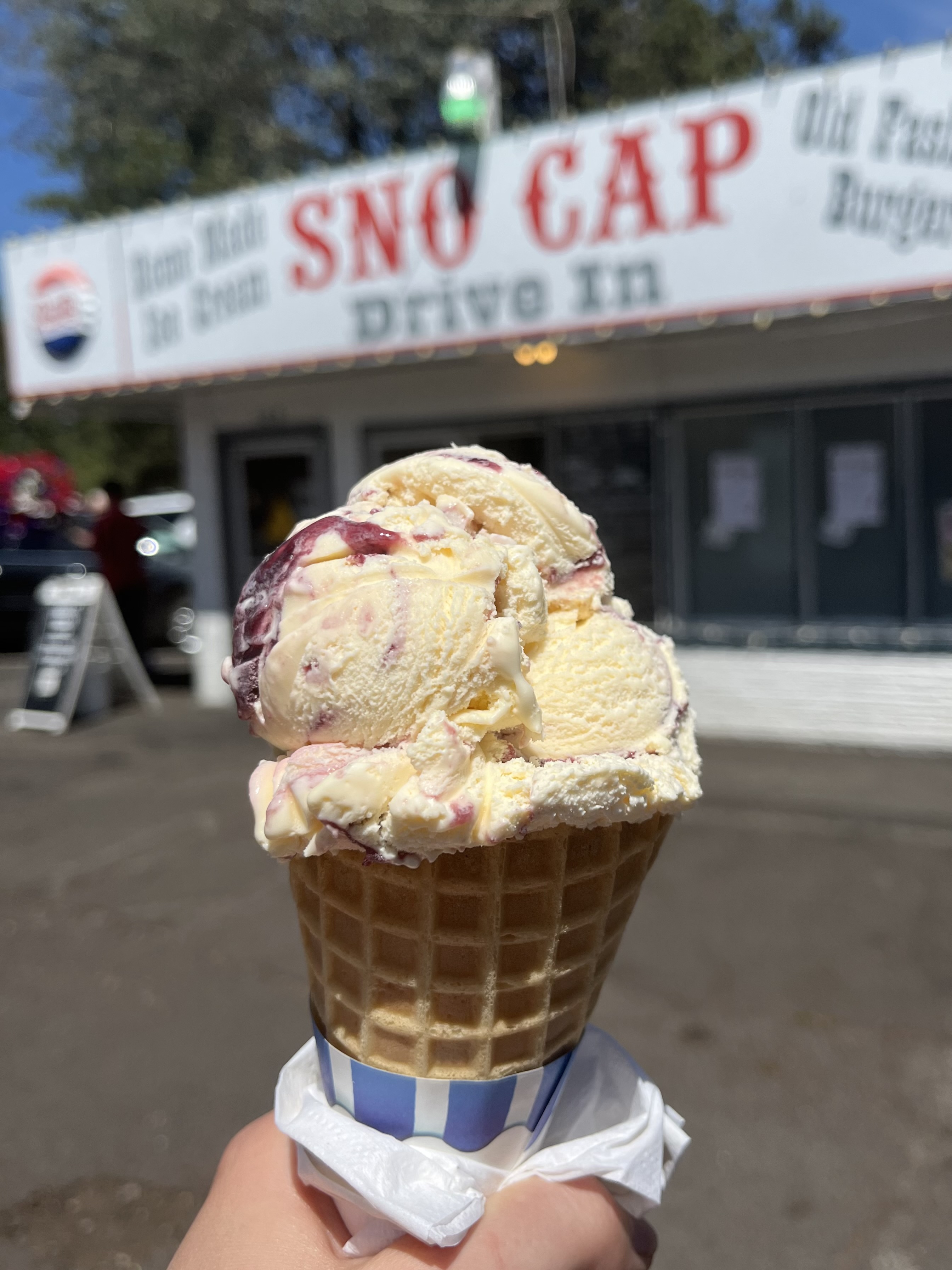Colors, patterns liven horse world
Published 5:00 am Friday, September 5, 2003
A paint horse can be a pinto, but a pinto horse is not always a paint.
Welcome to the world of the painted horse, where the animals’ coats are fantastic, but just how they get that way can be confusing.
Trending
The pinto patterns on horses’ coats have been around for a long time. According to the Pinto Horse Association Web site, pinto patterns arrived in Europe via the Arabian horse breed. Pinto markings also appear in ancient art throughout the Middle East.
Five minutes into a visit to Buell Arabians and Pintos, a breeding farm in Sisters, and Nancy Buell has a piece of paper out and is giving a basic genetic lecture.
She has already corrected the notion that paints and pintos are the same.
The paint horse is an actual breed,” she says. The paint horse registry is based on the bloodlines of quarter horses and thoroughbreds. The pinto registry, on the other hand, is a color registry of all the other breeds.”
Buell and her husband, Jerry, have been breeding Arabians and half-Arabian horses for 20 years. They had bred purebred Arabians exclusively until they decided to focus more on the half-Arab market. They fell in love with a pinto saddlebred stallion and started crossing him with quality purebred Arabian mares.
We really love Arabians,” says Nancy Buell, but we were getting a lot of clients who wanted bigger horses for their kids. The saddlebred adds size and action and length of neck.”
Trending
The Buells also noticed that the foals that inherited splashes of white from their sire sold faster.
People are visual,” Nancy says. The babies we bred that were pintos just flew out the door.”
In 1999, the Buells were shocked and pleased when one of their mares foaled a colt with secondary spotting” on his coat. The foal had the black and white patches that made him a pinto, but he also had smaller dots of white, which indicated the presence of the homozygous color gene.
Back to the genetics lecture. A homozygous gene is a gene that determines the presence of color in the coat of a horse – rather like the gene that determines the hair and eye color of humans. However, the homozygous gene is a completely dominant gene. A homozygous horse will produce a pinto foal 100 percent of the time, regardless of the color of its mate.
The Buells’ homozygous pinto colt – a half-Arabian, half-saddlebred – turned out to be an animal of exceptional quality, and they now have him at stud.
It’s fun to be adding to our breed in this fashion,” says Nancy Buell. We are really invested in improving the half-Arab line. Our market is not pinto owners, it is half-Arab owners.”
She admits that she likes having the color in her barn.
It’s splashy,” she says. It’s flashy. It’s fun.”
Buell Arabians and Pintos is holding its second annual barn sale on Saturday, Sept. 13 from noon until 8 p.m. They will be offering a selection of animals from their stables, plus some animals from other Arabian barns. There will also be a stallion presentation and a free barbecue.
It’s the one time of year we get to display the results of our hard work,” says Nancy Buell.
She notes that the sale is not private, and it’s not just for people who want to buy a horse.
We really want the community to come and visit,” she says. Kids really seem to love seeing our pretty colored horses up close. Anyone who enjoys horses is welcome to come.”
For more information contact Buell Arabians and Pintos at 388-6954 or JNPINTO@aol.com.
Katrina Hays can be reached at: kmhays1@earthlink.net.








